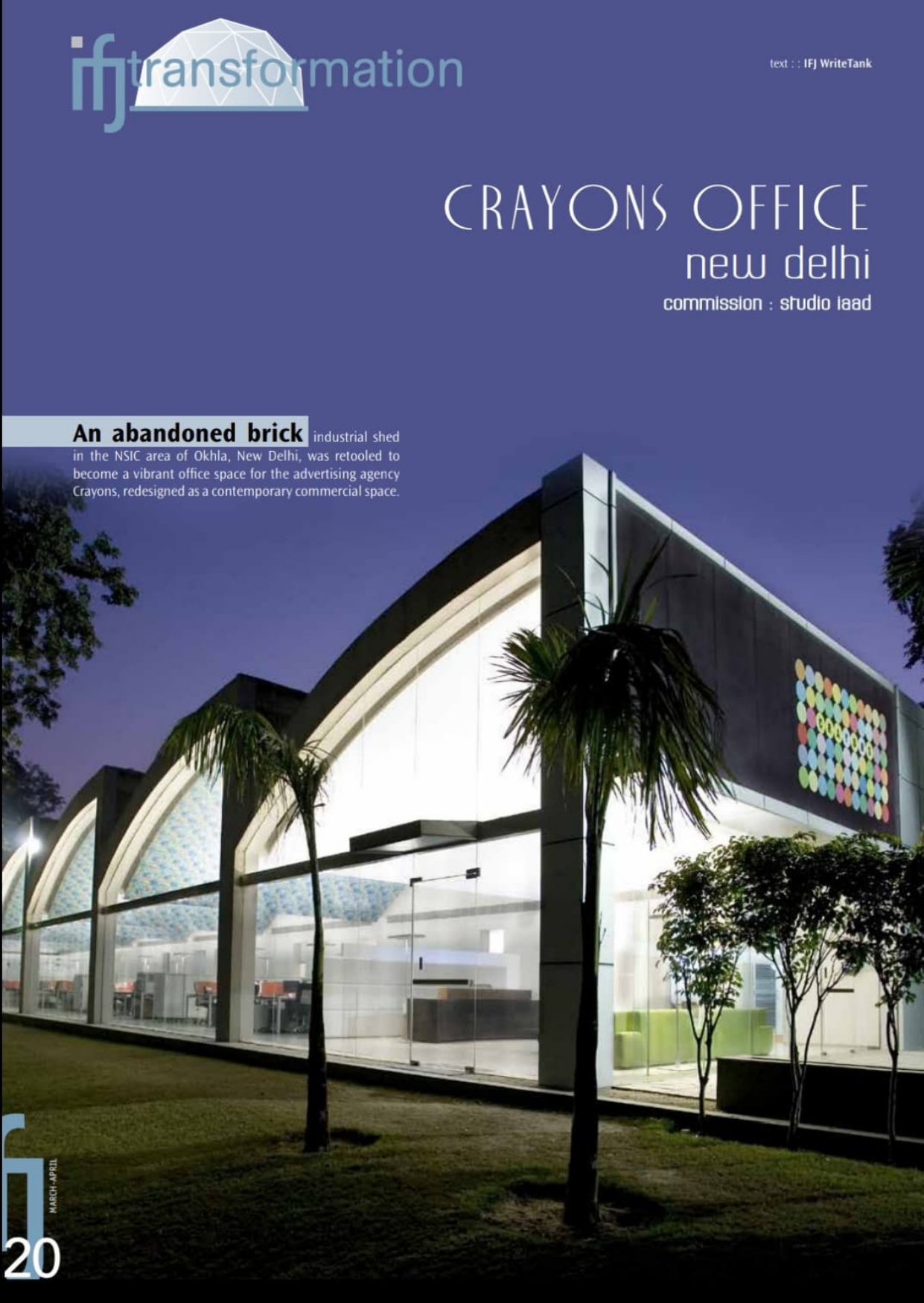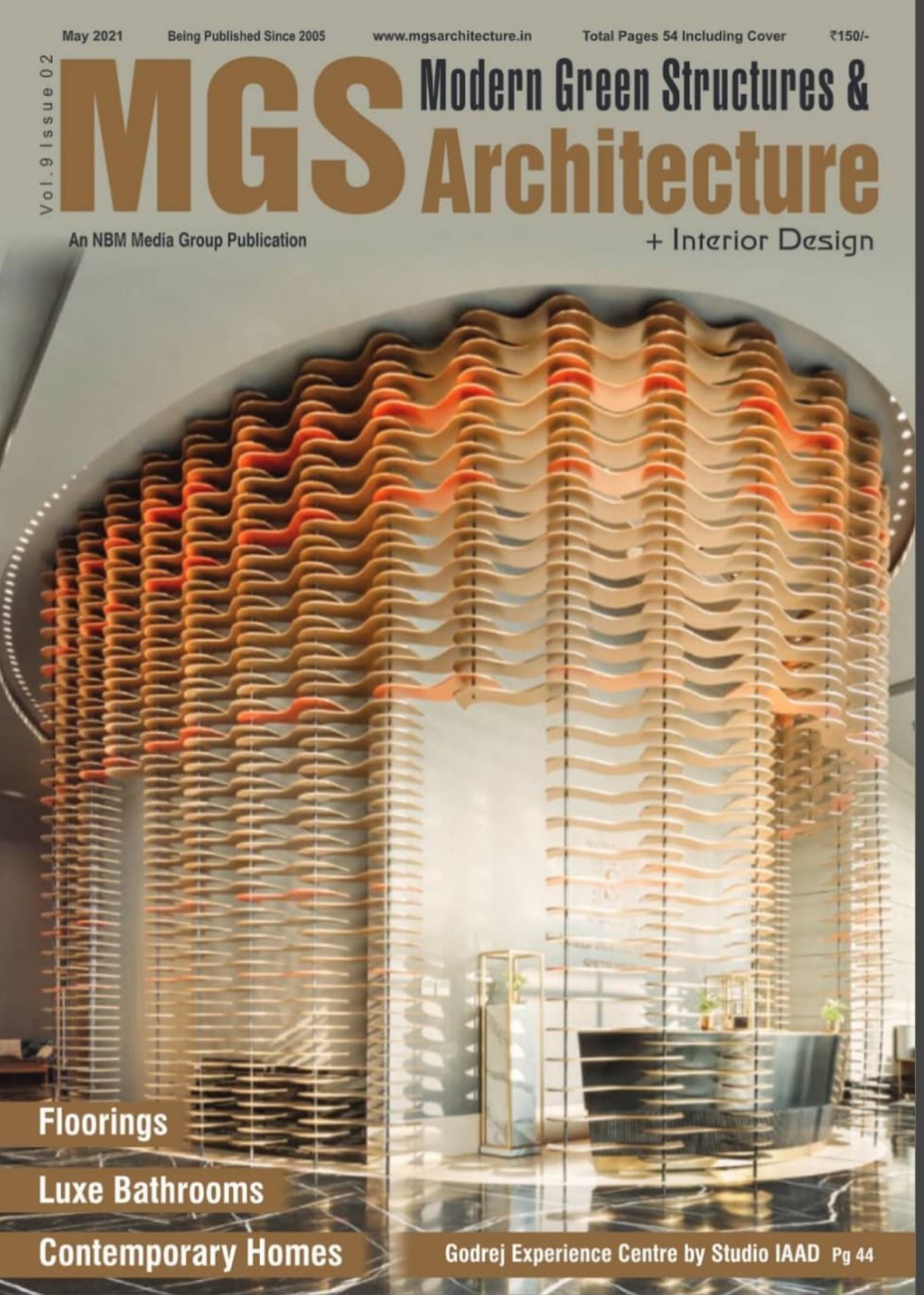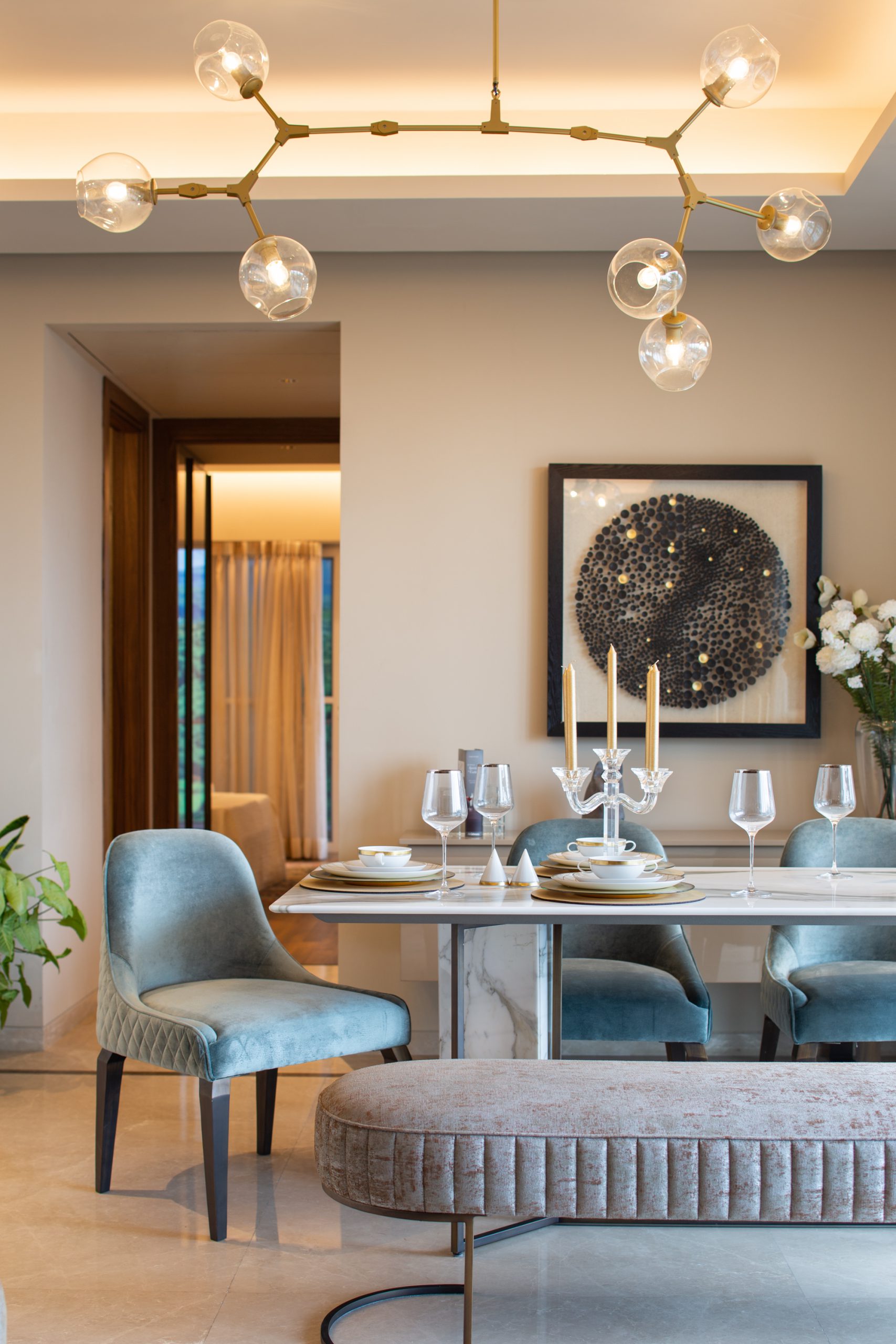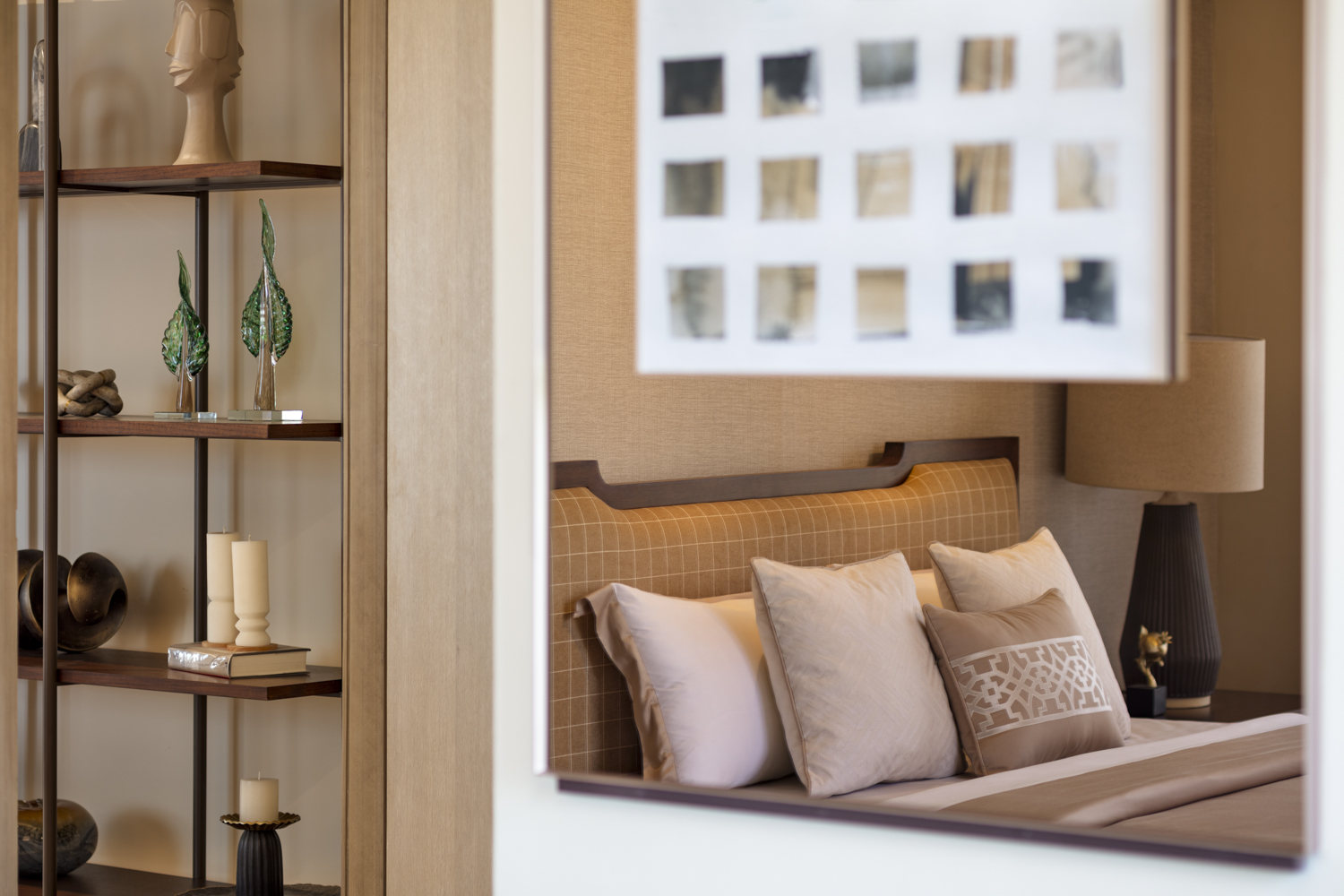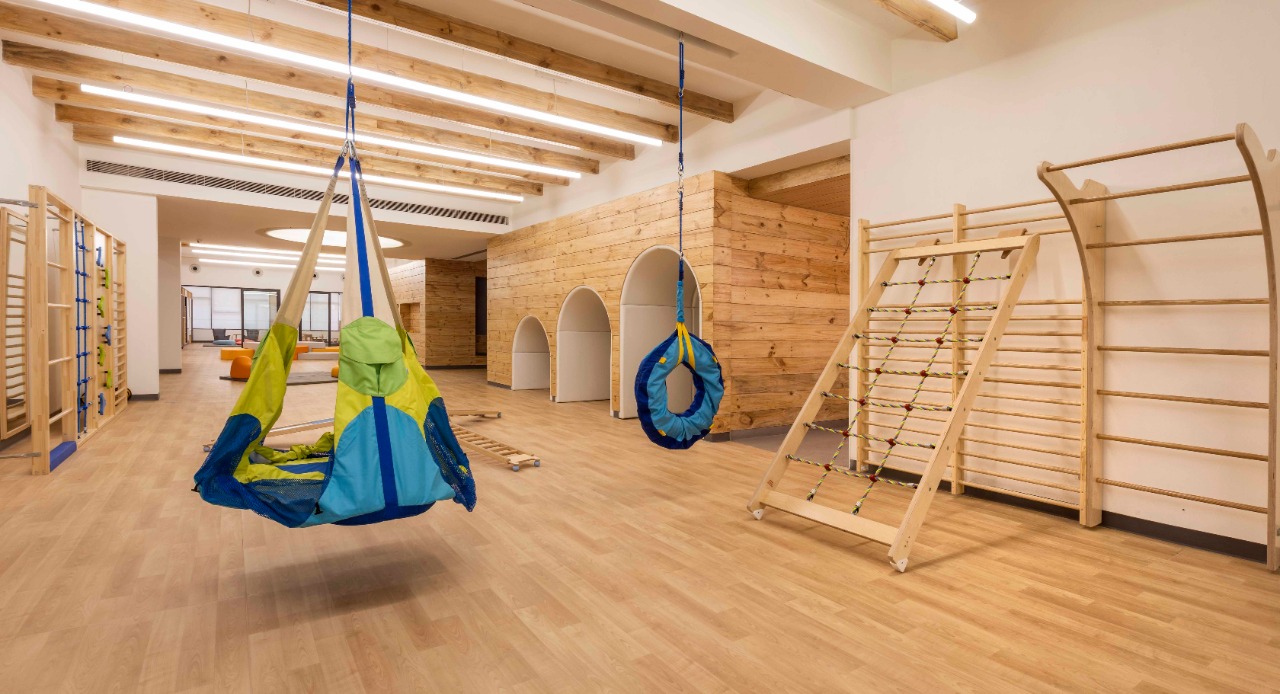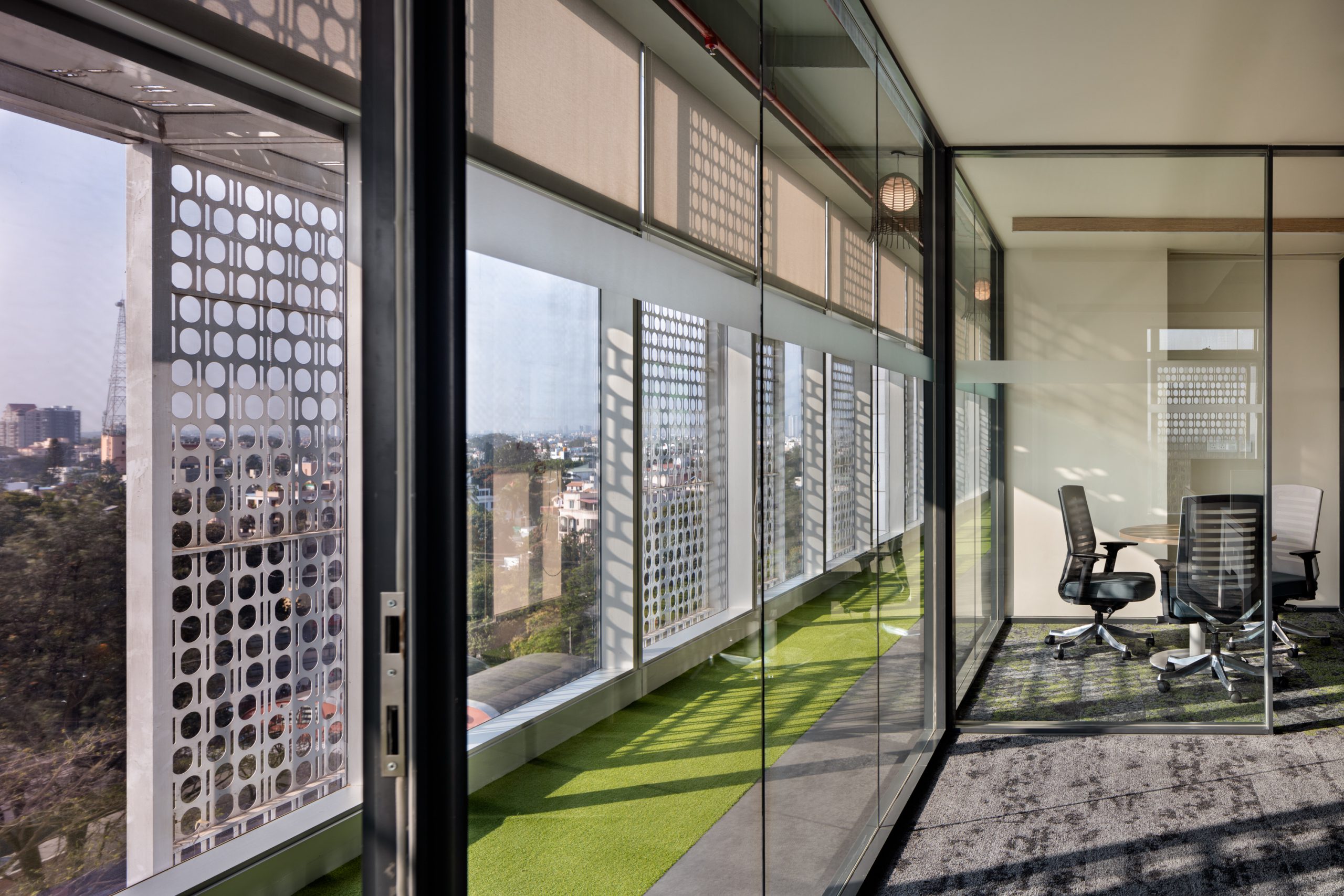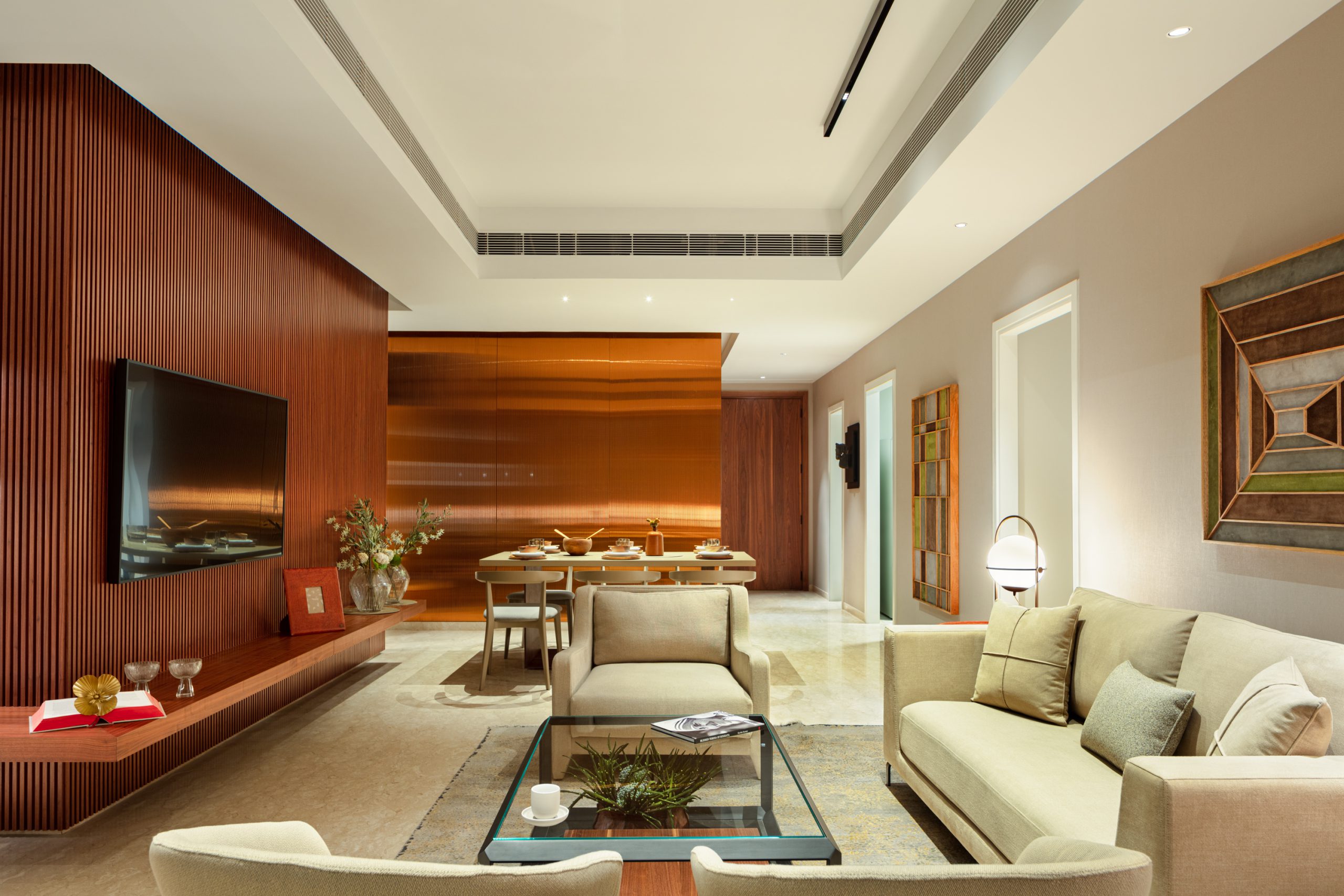
Smart Living: Energy-Efficient Homes for a Sustainable Lifestyle
Blog 37
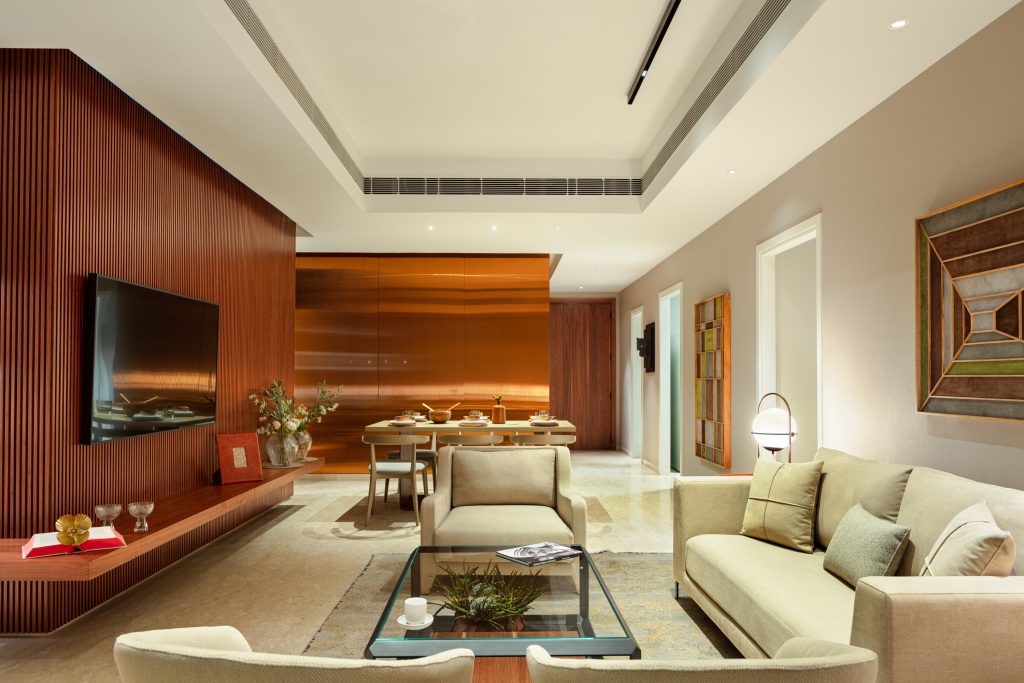
Energy-efficient homes are at the forefront of sustainable living today. They are designed to minimise energy consumption while maximising comfort and reducing environmental impact. Given growing concerns about climate change and resource depletion, increasing the energy efficiency of our homes is a crucial initial step in creating a healthier planet.
High-Quality Insulation for Comfort and Efficiency
One key feature of an energy-efficient home is high-quality insulation. Proper insulation contributes to maintaining a stable indoor climate by lowering the need for excessive heating or cooling. This greatly reduces energy expenses and enhances comfort all year long. If you keep your house well-insulated, you can maintain a constant temperature without heavily depending on energy-intensive technologies.
Harnessing Renewable Energy
The key to designing an eco-friendly home is using renewable energy sources. Solar panels, for instance, can reduce dependency on fossil fuels by using sunlight to generate power. Homeowners who invest in solar energy can also benefit from battery storage systems, which store excess energy generated during the day for use at night. This setup maximises solar panels’ efficiency and helps lower electricity bills. Additionally, energy-efficient homes prioritise water conservation using low-flow fixtures and rainwater harvesting systems, ensuring every resource is utilised wisely.
Smart Technology Integration
Innovative technology plays a pivotal role in the energy-efficient home. Devices like smart thermostats learn your daily routines and adjust heating and cooling to optimise energy use. These systems can be controlled remotely, allowing you to monitor and manage your energy consumption even when you’re not at home. This level of control helps reduce energy waste without compromising on comfort.
Optimising Natural Light and Ventilation
One of the easiest yet most viable methods to increase energy efficiency is to maximise natural light. Adequately placed windows and glass walls allow sunlight to illuminate your home, reducing the need for artificial lighting during the day. Double-glazed windows also aid in regulating heat flow, guaranteeing year-round comfort in your house. Proper ventilation systems, especially those facilitating air circulation even when windows are closed, are crucial for maintaining fresh, healthy indoor air.
Energy-efficient homes are more than just a trend—they are a crucial step towards a sustainable future. We can create homes that benefit the planet and our wallets by implementing innovative design, using renewable energy, and prioritising resource conservation. Whether you are building a new home or making minor improvements, every step toward sustainability is one step closer to a healthier, greener future for all.
